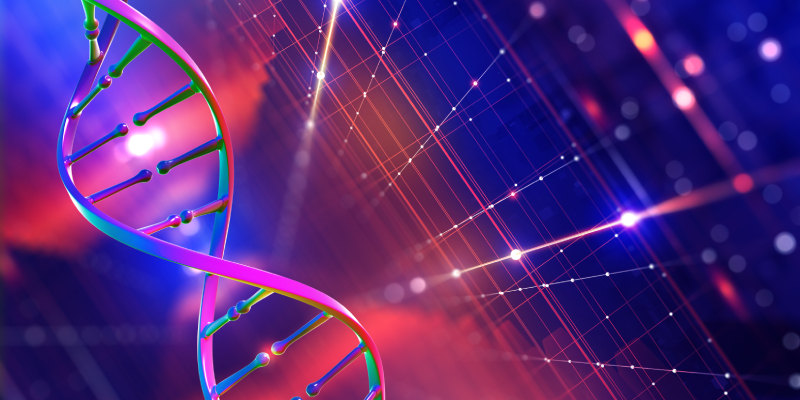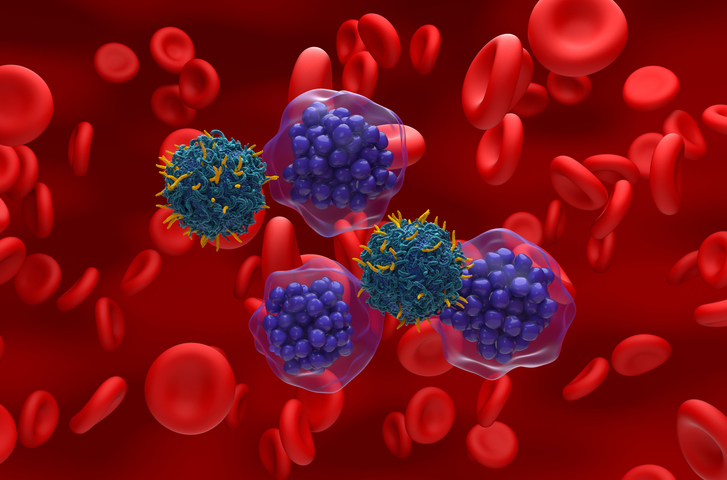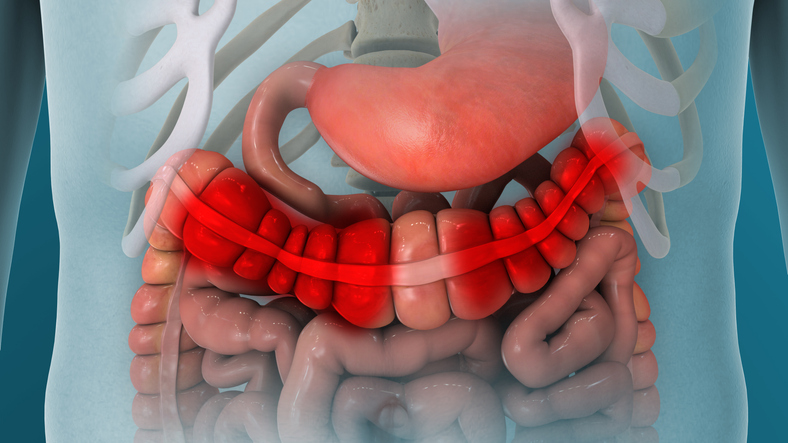
Relapse of large B-cell lymphoma after treatment with axicabtagene ciloleucel (axi-cel) was predicted by baseline proportion of protumor M2 macrophages and post-infusion enrichment of monocytic myeloid-derived suppressor cells (M-MDSC), while durable response was associated with increased densities of cytotoxic T-cells, T-helper, TC1/TC2 ratios, and innate T-subpopulations, reported a tumor biopsy analysis.
The findings were presented at the 65th American Society of Hematology Annual Meeting & Exposition in San Diego, California, by first author, Mike Mattie, PhD, of Kite Pharma in Santa Monica, California.
Researchers reviewed tumor biopsies with multiplex immunohistochemistry, transcriptomic analysis, and four panels that evaluated T-cell infiltration, regulatory T-cell subtyping, T-cell activation and exhaustion, macrophage, and MDSC subsets. The primary relationship examined was associations of T-cell subtypes and macrophage subset densities with probability of relapse in patients with large B-cell lymphoma treated with axi-cel.
The study included 16 baseline and 18 post-infusion tumor samples from 26 patients, of which 11 were relapsed and 15 were in durable response. The authors stated the tumor microenvironments (TME) across all samples encompassed all major macrophages, MSCD, and T-cell subsets with diverse distributions.
Tumors in relapsed patients had significantly higher proportions of protumoral M2 macrophage (P<.0001) at baseline, and significantly increased M-MDSC post-infusion (P=.0420). Additionally, innate lymphocyte cells subtype 2 cell density was significantly decreased in patients who relapsed after axi-cel treatment (P=.019). Investigators also reported M1-M2 polarization shifted from 33% M1M2 and 65% M2 at baseline to 76% M1M2 and 21% M2 post-infusion (P<.0001) across all samples.
Patients with durable response were associated with significantly increased pan-macrophages (P=.0360), CD8-naïve T-cells (P=.016); activated cytotoxic T-cells (P=.0203); PD1+TIM3+LAG3- cytotoxic T-cells (P=.0117), and CD8 regulatory T-cells (P=.012). Further, ongoing response was associated with significantly increased CD4-naïve T-cells (P=.021); T helper Th2 (P=0.020); cytotoxic T lymphocyte TC2 P=.0052 and TC1/TC2 cell densities (P=.011).
In short, “these findings suggest that axi-cel treatment drastically impacts tumor immune mobilization, infiltration, and contexture, which correlates with long term response,” stated Dr. Mattie and colleagues.
Reference
Mattie M, Grosso M, Auguste A, et al. Pre- and post-treatment immune contexture correlates with long term response in large B cell lymphoma patients treated with axicabtagene ciloleucel (axi-cel). Abstract #226. Presented at the 65th ASH Annual Meeting & Exposition. December 9-12, 2023; San Diego, California.






 © 2025 Mashup Media, LLC, a Formedics Property. All Rights Reserved.
© 2025 Mashup Media, LLC, a Formedics Property. All Rights Reserved.